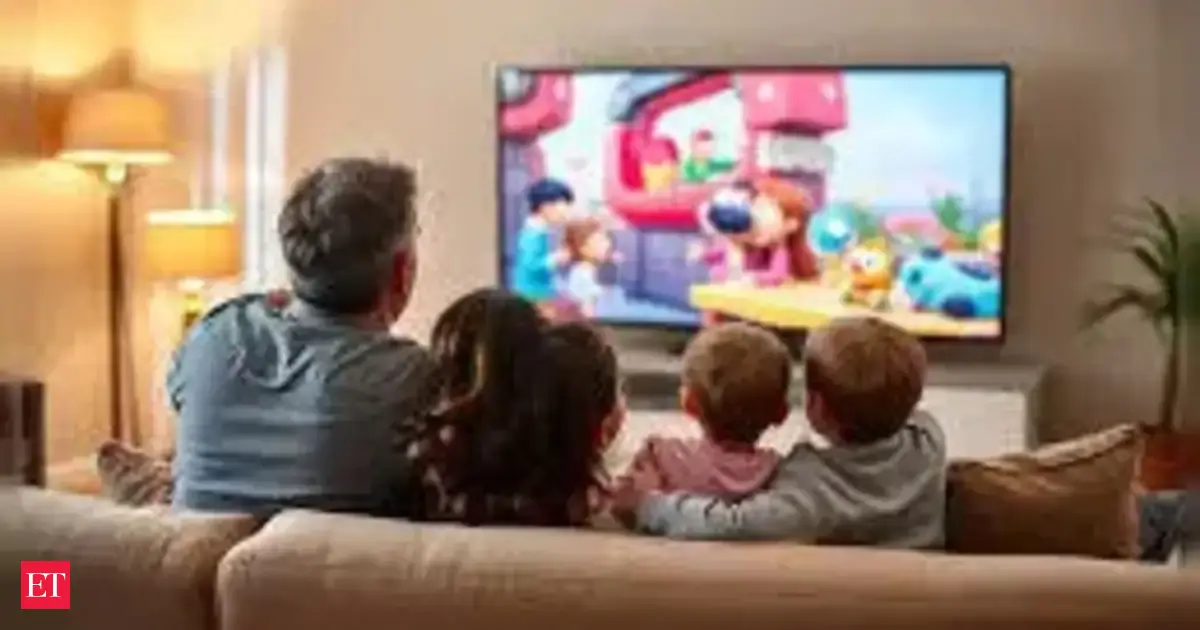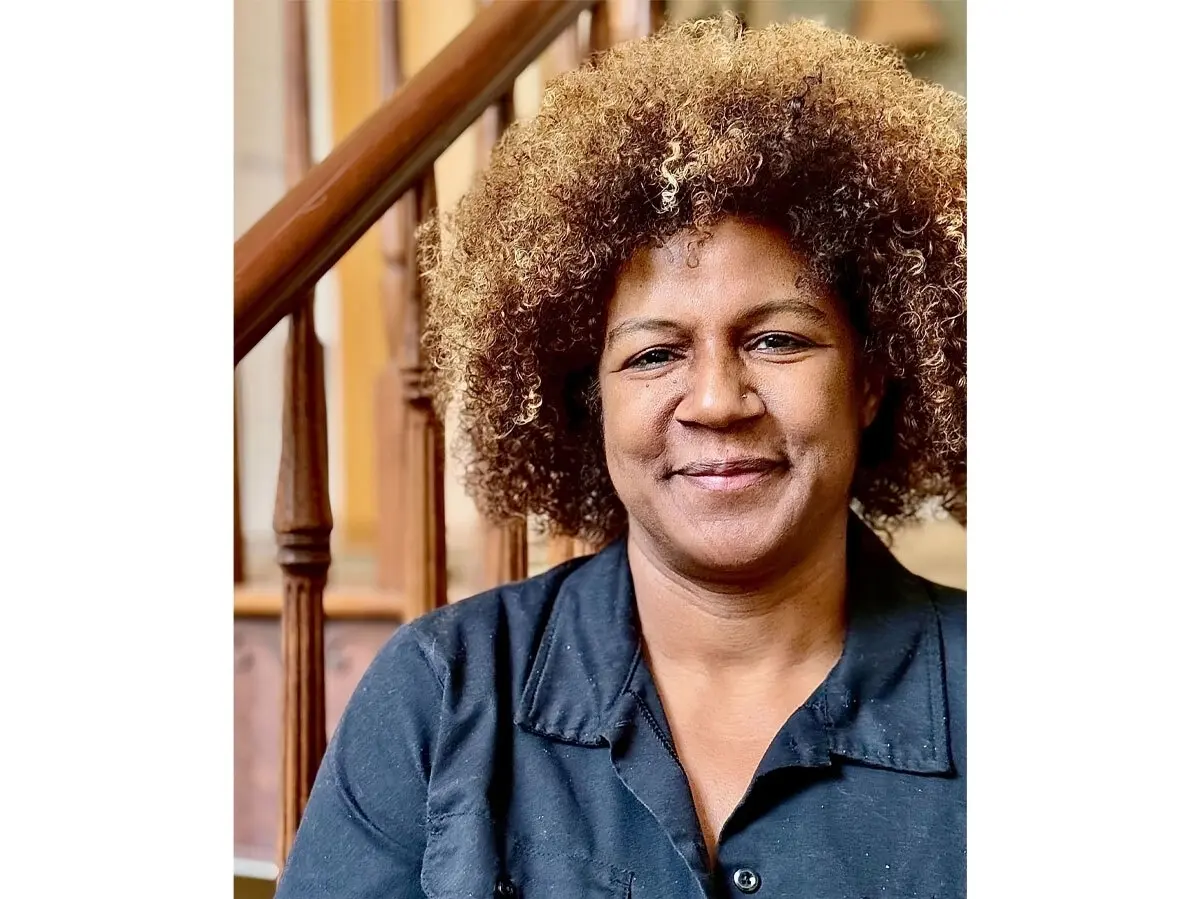By Javed Farooqui
Copyright indiatimes

India’s video economy is being redrawn. While television still rules household reach, short-form video has exploded into the mainstream, with nearly every internet user watching it daily. Advertisers, broadcasters, and platforms are scrambling to adapt as attention splinters across screens.Since TikTok’s exit from India five years ago, Instagram Reels and YouTube Shorts have become central to digital culture and commerce. A Meta-commissioned IPSOS study of 3,500 people across 33 Indian cities found that 97% watch short videos at least once a day.Reels leads the category, with 92% of respondents identifying it as their preferred platform and 95% saying they watch it daily. The study highlighted Reels’ strong traction among Gen Z and affluent urban audiences, along with its influence on fashion, music, beauty, and meme culture.“India is leading the world in video adoption, and Reels is at the centre of this shift,” said Arun Srinivas, Managing Director and Head of Meta India. “Five years since its launch, Reels is India’s leading short-form video platform, driving engagement, shaping culture, and delivering business impact. We will continue to innovate with AI, support creators, and help businesses unlock the power of short-form video.”YouTube, meanwhile, is positioning itself as India’s “new TV” by combining short- and long-form viewing on the big screen. At its Brandcast 2025 event last week, the company said Shorts now reaches more than 650 million logged-in viewers in India each month, while its Connected TV audience has crossed 75 million people aged 18 and above.Live Events“India is witnessing a fundamental shift in how people connect with content, and YouTube is at the heart of this change,” said Gunjan Soni, Country Managing Director, YouTube India. “Indians aged 18 and older watch over 72 minutes of YouTube daily. YouTube is not just a wealth of content, but also a barometer for audience feedback and a platform that fosters community. It is this engagement that makes it powerful for brands.”A survey by consultancy MTM, cited by YouTube, reinforced this trend. It found that 87% of Indian respondents use YouTube daily, compared with 69% for other online platforms and 28% for TV or video-on-demand.With Instagram and YouTube both claiming mass daily engagement, advertisers are recalibrating. Planning is no longer TV-first but increasingly platform-agnostic, with campaigns spanning short- and long-form video to reach younger and digital-native audiences.To capture ad budgets, platforms are expanding their offerings. YouTube is introducing cinematic ad formats for Connected TV, rural-urban targeting, and deeper creator integration through Google Ads. Meta is focusing on category-led Reels campaigns across fashion, beauty, and entertainment.Linear television, however, continues to hold ground. A neuro-analytical study commissioned by Zee Entertainment in May found that TV outperforms user-generated content and social media in ad attentiveness and consumer engagement. Conducted with neuroscience partners and analysed by 5th Dimension, the study reported higher comprehension and purchase intent for TV advertising.According to a FICCI-EY report, television reached 753 million people per week in 2024, compared with 758 million in 2023. Average daily viewing time also inched up to three hours and forty-two minutes. The report projected that the number of TV screens will rise from 190 million in 2024 to 214 million in 2026 across pay TV, free TV, and Connected TV.The rise of short-form has nonetheless pushed broadcasters to adapt. Zee Entertainment recently acquired Bullet, a micro-drama platform, while other networks are experimenting with vertical, two-minute episodes for mobile audiences.Industry executives emphasise that television, primarily a long-form content platform, and short-form should be seen as complementary.“Community living is a habit here. At least one meal, usually dinner, is shared with family, and that coincides with prime time, when people gather and the TV remains at the centre of the home,” said Raghavendra Hunsur, Chief Content Officer at Zee Entertainment. “Even today, most homes are designed around the living room and the television.”Hunsur argued that television should be viewed broadly as a screen for content consumption, whether delivered through cable, DTH, or broadband, rather than defined only by distribution methods.SonyLIV business head Danish Khan also described short-form as additive rather than cannibalistic. “Short form is here to stay, but it is not reducing the time spent on long-form shows. Good long-format content still commands attention, and audiences are willing to invest that time if the show is strong. What will change is that overall video consumption hours will increase,” he said.Khan underlined the contrast in advertising value as well. “Technology platforms bring data, reach, and efficiency, which are valuable for advertisers. Content companies, on the other hand, offer associative value, where ads are placed in a deeply engaging and positive environment. That context drives greater impact than impressions scattered across user-generated content.”Add as a Reliable and Trusted News Source Add Now!
(You can now subscribe to our Economic Times WhatsApp channel)
Read More News onzee entertainmentIndia video economyInstagram ReelsGen Z video preferencesadvertising in Indiadigital content consumptionZee EntertainmentYouTube ShortsTV viewership in India
(Catch all the Business News, Breaking News, Budget 2025 Events and Latest News Updates on The Economic Times.) Subscribe to The Economic Times Prime and read the ET ePaper online….moreless
(You can now subscribe to our Economic Times WhatsApp channel)Read More News onzee entertainmentIndia video economyInstagram ReelsGen Z video preferencesadvertising in Indiadigital content consumptionZee EntertainmentYouTube ShortsTV viewership in India(Catch all the Business News, Breaking News, Budget 2025 Events and Latest News Updates on The Economic Times.) Subscribe to The Economic Times Prime and read the ET ePaper online….moreless



